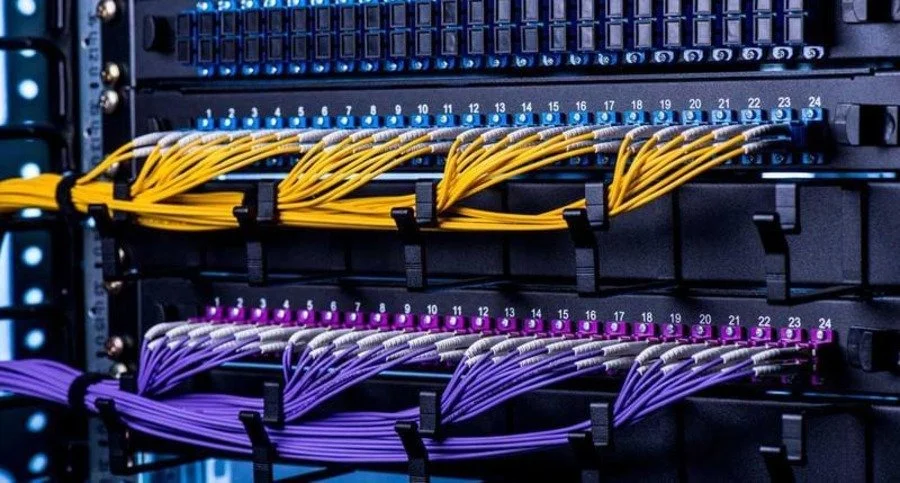Our Field Guide to Structured Cabling
If your business has a lot of technology, you need structured cabling. If you need to transmit data to video displays, speakers, security systems, smart control—you need structured cabling.
But what is structured cabling? Structured cabling is an infrastructure to organize data cabling in a manner that simplifies management and troubleshooting. Structured cabling is a foreign concept to most people, but in this blog, we’ll break down what structured cabling does and how it will help your Tulsa, OK, business technology thrive.
SEE ALSO: Energy Efficiency by Commercial Lighting & Automation
Why Structured Cabling?
Data has to move somehow, and cables are the way to do it. Even with wireless technology in your business, you still need cables to distribute your network to routers and access points. Structured cabling supports AV, security, voice, access control, and even power cabling.
And why is it necessary to structure your cabling? When something’s wrong with the network, no one wants to deal with a jungle of wires and cords in the closet. IT staff needs to be able to quickly locate the correct wires, which can be incredibly difficult if you have hundreds of cables in a tangle. When structured cabling is in place, you’ll reduce downtime and make it easier to expand and update anytime.
What’s in a Structured Cabling System?
When you look at a structured cabling system, you can expect to see the following components:
Entrance Facility: The building’s interface with the outside world. This is where your internet service provider will install cabling and customer premises equipment.
Server Room: Room with racks for servers, firewalls, routers, and other hardware.
Horizontal Cabling: Connects servers and routers to work areas.
Backbone Cabling: Connects entrance facility with server room and may link many facilities.
Telecommunications Room: Serves as a crosspoint between backbone cabling and horizontal cabling.
Dividing the cabling infrastructure into segments makes it easier to trace problems and manage each component. This system also makes it very flexible. If your office ever moves buildings, you can simply unplug the system in the server and telecommunications room and take the entire thing with you, all assembled and ready to go in the new location.
Future-Proof with Structured Cabling
One important detail often overlooked about structured cabling is the concept of future-proofing. As businesses evolve, their needs for data transmission and networking often change and grow. Structured cabling is designed to be highly scalable and adaptable, allowing for easy upgrades or modifications to the system as your company’s needs change.
By investing in a well-designed structured cabling system from the start, your business can potentially save significant time, money, and resources in the future. Instead of overhauling the entire network infrastructure when you need to add new technologies or expand their operations, you can often make those changes relatively easily within the existing structured cabling system.
So if your business has many computers, video displays, speakers, security cameras, alarms—the list goes on—structured cabling is essential to keep all that technology connected and organized. Contact Advanced Sound & Communication in Tulsa to get started with structured cabling today!

